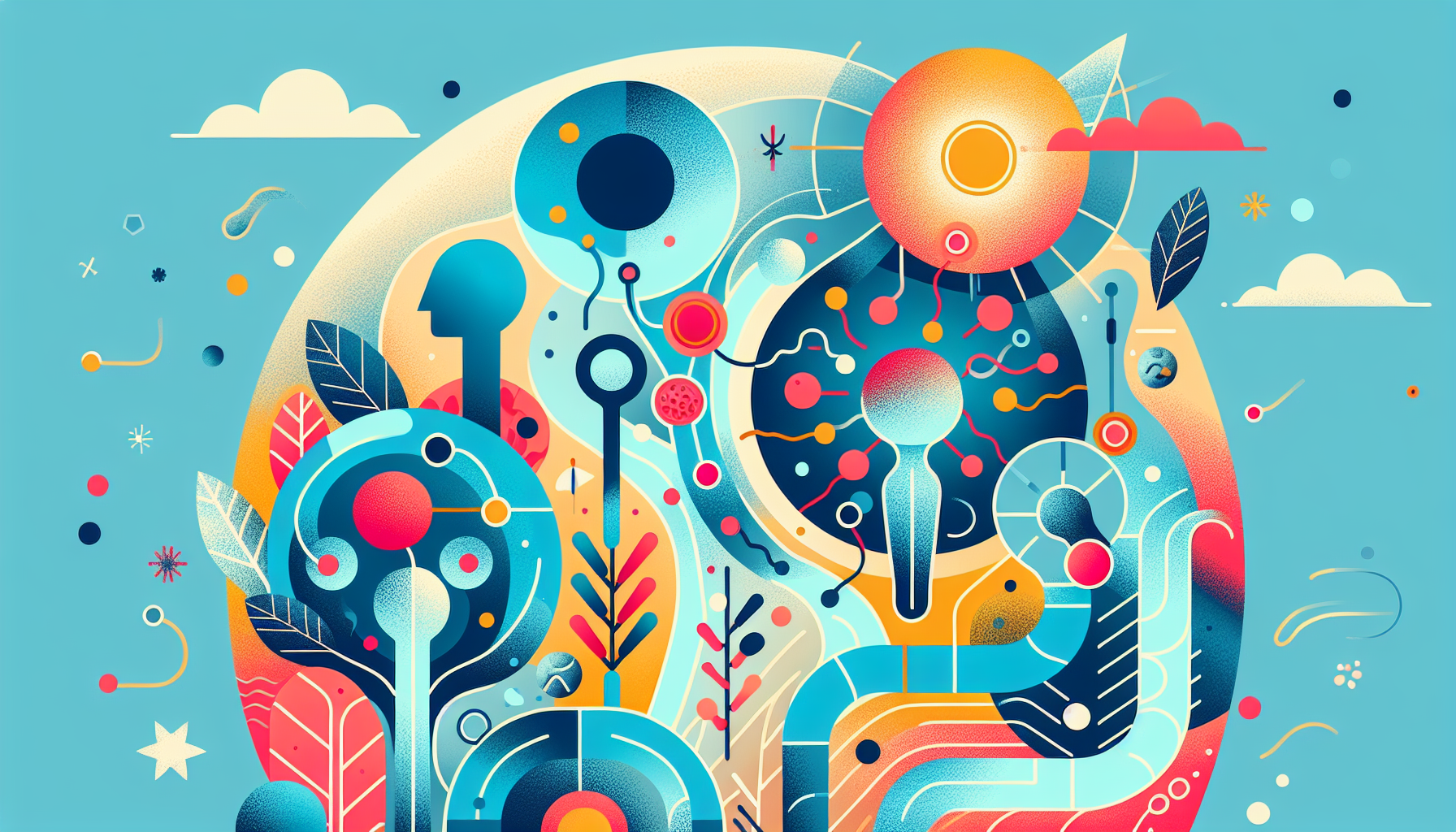Tirzepatide for Sleep Apnea - Can It Help?
Understanding Sleep Apnea and Its ChallengesSleep apnea is a common yet serious sleep disorder characterized by repeated interruptions in breathing during sleep. These pauses [...]
Read More
Medically reviewed by Abhijit Bhattacharyya | MD, PhD, MBA, Tufts University School of Medicine - Miami, Florida on February 19th, 2024.
Interstitial cystitis (IC), also known as painful bladder syndrome, is a chronic bladder condition that can significantly impact a person's quality of life. If you experience persistent urinary pain lasting more than 6 weeks without an apparent cause, such as an infection or kidney stones, you may have IC. This article will help you understand the symptoms, causes, diagnosis, and treatment options for managing this condition.
Interstitial cystitis is a chronic bladder problem that causes pain and pressure below the belly button. The bladder's main function is to store urine after it has been filtered by the kidneys and before it is expelled from the body. In people with IC, the bladder becomes overly sensitive, leading to a range of uncomfortable symptoms that can vary in severity from person to person.
The symptoms of IC can be different for each individual and may change over time. Some common symptoms include:
Bladder pressure and pain that worsens as the bladder fills
Pain in the lower abdomen, lower back, pelvis, or urethra
Pain in the vulva, vagina, or behind the vagina (in women)
Pain in the scrotum, testicles, penis, or behind the scrotum (in men)
Frequent urination (more than 7-8 times per day)
Urgent need to urinate, even right after using the bathroom
Pain during sexual intercourse (in women) or during/after orgasm (in men)
The pain associated with IC can range from a dull ache to a sharp, piercing sensation. Urination may cause a mild sting or a severe burning feeling. Some factors that may exacerbate symptoms include certain foods or drinks, mental or physical stress, and menstrual periods in women.

The exact cause of interstitial cystitis is not well understood, but several theories exist:
A defect in the bladder tissue allows irritants in urine to aggravate the bladder
Inflammation triggers the release of chemicals that cause symptoms
A substance in urine damages the bladder
A nerve problem causes the bladder to feel pain from normally non-painful stimuli
The immune system mistakenly attacks the bladder
Another inflammatory condition also targets the bladder
There is no single test to diagnose IC. If you experience bladder pain, frequent urination, and urgency, your doctor will work to rule out other potential causes. Both men and women may undergo tests such as:
Urinalysis and urine culture to check for infection
Postvoid residual urine volume measurement using ultrasound
Cystoscopy to visualize the inside of the bladder and urethra
Bladder and urethra biopsy to analyze tissue samples
Bladder stretching under anesthesia
In men, additional tests may include a prostate fluid culture, as IC can sometimes be mistaken for an inflamed prostate or chronic pelvic pain syndrome. Women may also be evaluated for endometriosis, which can cause similar symptoms.
While there is no cure for interstitial cystitis, various treatment options can help manage symptoms and improve quality of life. Treatment typically involves a combination of lifestyle changes, medications, and procedures, depending on the severity of the condition.
The first step in managing IC is to identify and avoid potential triggers. This may include:
Retraining the bladder to hold more urine
Reducing stress through relaxation techniques, meditation, or talking to a friend
Wearing loose, comfortable clothing to avoid putting pressure on the bladder
Engaging in low-impact exercises like walking or stretching
Modifying the diet to eliminate potential trigger foods and drinks, such as citrus fruits, tomatoes, chocolate, caffeine, alcohol, and spicy foods
Quitting smoking
Keeping a food and symptom journal can help identify personal triggers and guide dietary changes.
If lifestyle modifications are insufficient, your doctor may recommend medications or procedures to alleviate symptoms. These may include:
Physical therapy to relax pelvic muscles
Oral medications like amitriptyline, pentosan (Elmiron), or hydroxyzine
Intravesical treatments such as dimethyl sulfoxide (DMSO) or steroids
Bladder stretching or removal of ulcers (Hunner's lesions) during cystoscopy
Neurostimulation or onabotulinumtoxinA (Botox) injections for severe cases
Immunosuppressive drugs like cyclosporine
Surgery to divert urine away from the bladder (in rare, extreme cases)
Pain management techniques, such as the use of painkillers or acupuncture, can also help control symptoms when other treatments are ineffective.
Living with interstitial cystitis can be challenging, but with the right combination of lifestyle changes, medications, and support from healthcare professionals, it is possible to manage symptoms and maintain a good quality of life. If you suspect you may have IC, consult your doctor for an accurate diagnosis and personalized treatment plan.
Understanding Sleep Apnea and Its ChallengesSleep apnea is a common yet serious sleep disorder characterized by repeated interruptions in breathing during sleep. These pauses [...]
Read MoreHeart attacks are often perceived as a predominantly male health issue, but the reality is that heart disease is the leading cause of death for women worldwide. Recognizing [...]
Read MoreTelehealth has transformed the way patients access healthcare, offering convenience, speed, and accessibility that traditional in-person visits often cannot match. With the [...]
Read More